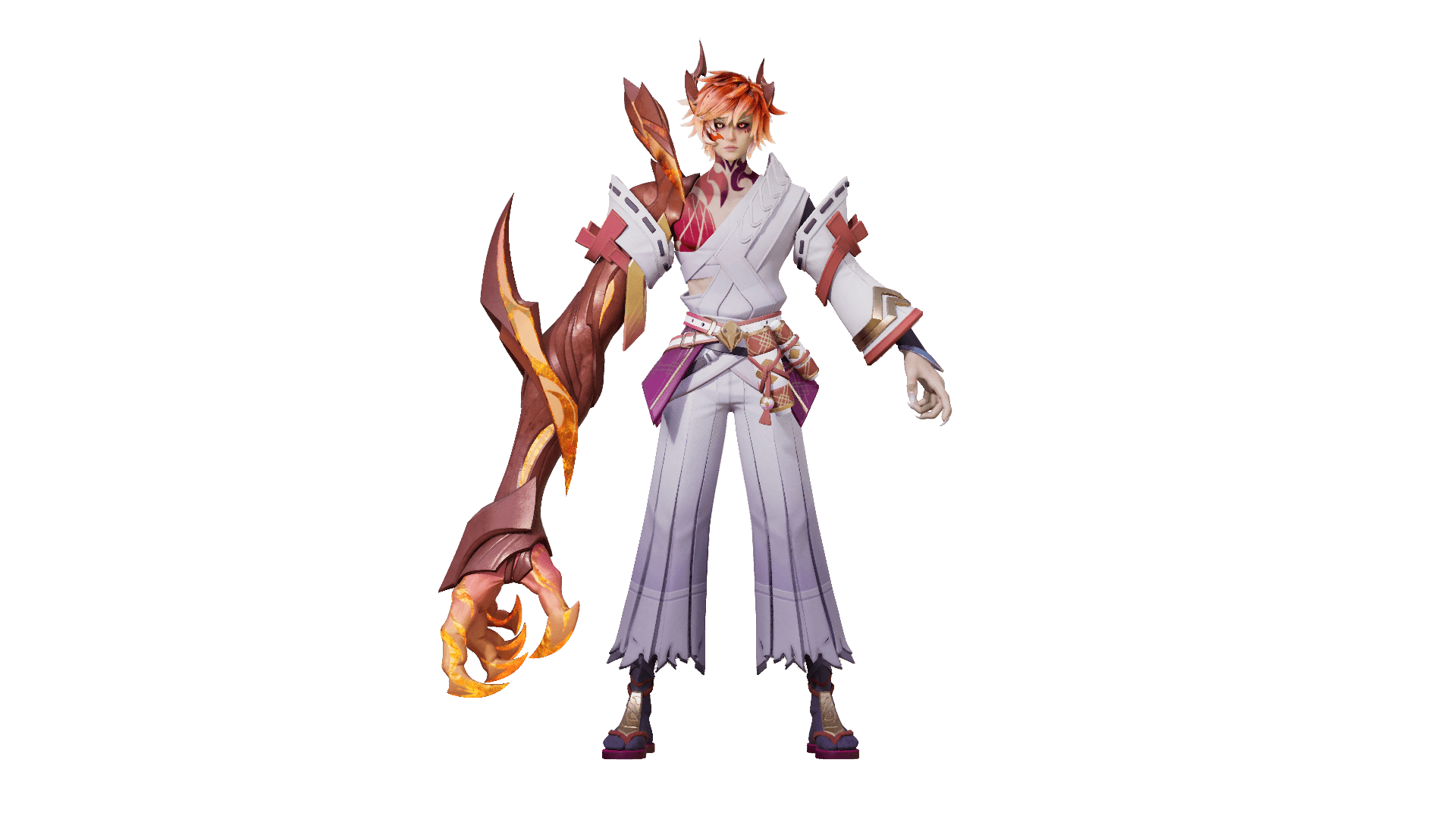Become a 3D Artist
Being a 3D artist is a popular career aspiration for people who want to add an exciting visual flair to the world around them. You can prepare for a career as a 3D artist by exploring the basics of working in the 3D art industry and reviewing the skills you'll need to succeed.
Incom Studio share the essential details of being a 3D artist, including standard requirements and duties to expect before starting your first job.
Earn an arts or design degree
Not all employers require you to have a degree to become a 3D artist, but many do. Getting a degree can also make your application more impressive and provide employers with evidence of your technical knowledge and design fundamentals. You can pursue a associate's degree or complete a bachelor's program to qualify for more opportunities. You may even want to start by taking a few 3D art classes at a local community college to confirm your interest in the field.
Look for schools that offer programs in 3D design or animation to prepare yourself for a job in 3D art. Majors in game art, computer animation and graphic design can also be a good choice for aspiring 3D artists. Some of the topics you should take during your undergraduate education in 3D art include:
- 3D modeling
- Spatial proportions
- Digital shading and texture
- Character development
- Animating scripts
- 3D animated environments
- Movement in animation
Learn the basics of design software
While you may do some sketching on paper to plan for your designs, you'll mostly use computer design software to complete your 3D art projects. Make sure you have a computer and graphics card that can run top design programs, plus a tablet to easily input your designs. Download a range of popular CAD software and complete tutorials to learn how to achieve certain effects and features.
Explore different 3D design niches
There are many specialties within 3D art that you can consider. Choosing a niche can make it easier to find a job where you can work on projects you enjoy. Exploring a wide range of niches can also add breadth to your portfolio and show potential employers that you can adapt to any kind of 3D art projects. Some of the niches you can practice include:
- Game design
- Forensic and medical animation
- Architectural modeling
- Filmmaking
- Product visualization
- Advertising
- 3D printing
- Virtual and augmented reality
Complete a 3D art internship
Internships in 3D art teach you how to apply your technical knowledge and skills to a real workplace environment. You'll learn how to refine your design abilities, interact with clients and interpret real design briefs. Participating in an internship introduces you to professionals in the 3D art industry that you can use to find open positions, clients and other opportunities.
Prepare a professional digital portfolio
Get ready to show your skills to potential employers by putting together a digital portfolio that includes examples of your work. You'll need to create a website that can host the appropriate types of animation and video files necessary for displaying your work. Include a description of the project brief to show interested employers and clients about your process of turning an idea into a completed 3D rendering.
Optimize your resume for 3D design
Prior to beginning your job search for a position as a 3D artist, update your resume to highlight your technical 3D art skills. List the types of software you're proficient with, any design certifications and details about previous projects you've worked on.

Move the mouse to VIEW
Skills for 3D artists
3D artists engage their artistic knowledge and technical skills to work on their animation and 3D modeling projects. You can expect to use these core skills on-the-job as a 3D artist:
- Creativity: Producing original designs requires creativity and ingenuity. 3D artists should have a strong creative vision and be able to contribute to brainstorming sessions for new designs.
- Multitasking: 3D artists may work on several projects at once, balancing different stages of development to meet shifting deadlines. They use multitasking and time management skills to prioritize tasks throughout the work day.
- Computer skills: Software, computer and IT literacy is essential for using design software and troubleshooting issues.
- Teamwork: 3D artists regularly work alongside other creative staff including artists, writers and editors. Teamwork skills allow them to combine their skills to work on a unified vision.
